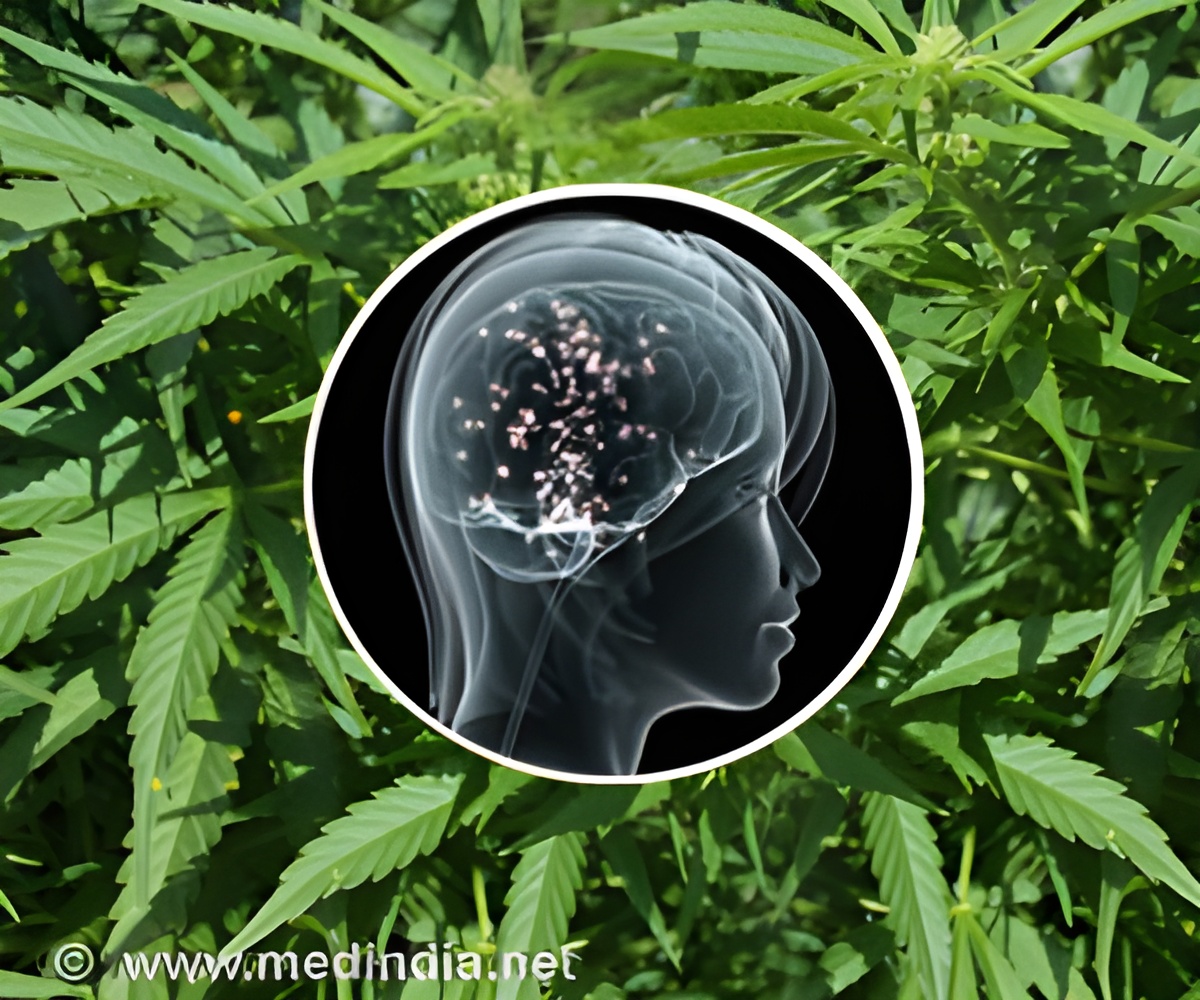
‘An e-cigarette cannabis liquid for medical use has been brewed by Swiss scientists. They said that it is safer than a joint and better than a pill.’
Tweet it Now
'Therapeutic cannavaping', they argued, should be examined as an alternative to existing treatments which can come in the form of a syrup, pill, mouth spray, skin patch, suppository, or a plain-old spliff. The team copied an improvised method popular among marijuana afficionados using butane gas to extract and concentrate cannabinoids - the active, high-causing compounds of cannabis. "We were inspired by what is done illegally, underground, on the web fora," study co-author Vincent Varlet, a biochemist and toxicologist from the University Center of Legal Medicine in Lausanne, Switzerland, told AFP. "Normally, they use this form of cannabinoids to get high. Based on what is done illegally, we found that it could be interesting for the medical field."
The method yields super-concentrated 'dabs' of butane hash oil (BHO) - comprising about 70-80% THCa - the precursor of THC or tetrahydrocannabinol, which is the psychoactive ingredient. THCa is transformed into THC at high heat.
Usually the dabs are burnt and the fumes inhaled. But for the study, the team mixed their activated BHO paste into commercially-available e-cigarette liquid at different concentrations - three, five or 10%. They then put 'vaping machines' to work: sucking at the e-cigarettes and blowing out vapor, which was measured for its THC content, according to results published in the journal Scientific Reports.
"Cannavaping appears to be a gentle, efficient, user-friendly and safe alternative method for cannabis smoking for medical cannabis delivery," the team concluded with a nod to 'the creativity of cannabis users'. "It was also more reliable than consuming cannabinoid pills or foods which are poorly and erratically absorbed," said Varlet.
Advertisement
"A challenge," said Varlet, "was to keep cannabis intended for therapeutic use out of the hands of recreational high-seekers." One way to do that was to have legal drugs with microdoses of cannabinoids.
Advertisement
"The take-home message of our article is that vaping is less harmful than smoking, so you can be sure that cannavaping is less harmful than cannabis smoking for medical purposes," said Varlet, adding there was no plan to patent or sell the product. "Today, we have set the cat among the pigeons. This is just the first step, and we need to see how the scientific community is going to welcome this kind of possibility."
"Whilst vaping cannabis substances does indeed remove the harmful effects of tobacco smoke, my concerns about vaping cannabis would be around the use of flavored cannabis e-cigarettes that could be more popular among younger people," said Michael Bloomfield, a psychiatry lecturer at University College London.
David Nutt of Imperial College London said it was a 'great idea, but would be illegal in the UK currently'.
Source-AFP












